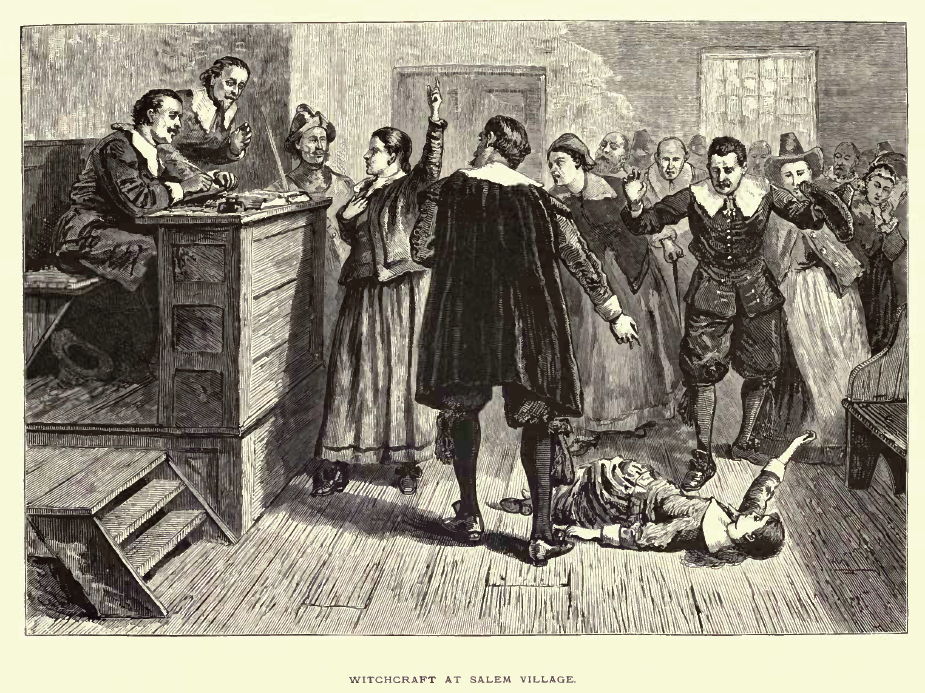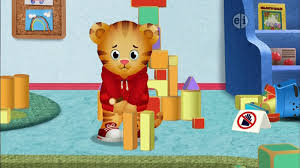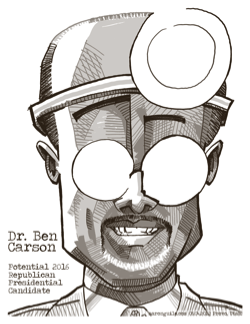
Since what seems like an eternity ago, researchers have been trying to understand the reasons why prejudice is so prevalent between different groups of people. Still today, all around the world, racism exists, sexism exists; there is segregation between classes, religious intolerance, and even just plain bullying. It seems that no matter where you turn, or how much you separate yourself from it, prejudice is all around us … but why?
You would think, especially if you’re from the United States, that once segregation was outlawed and all different kinds of people began interacting on a daily basis, that eventually prejudice would completely disappear. And according to Gordon Allport, that’s exactly what should be happening.
The Contact Hypothesis is the idea that the more you spend time around someone, or something, the more comfortable you become (Schneider, Gruman, & Coutts, 2012). For example, say you have a fear of spiders. It would make sense that the more you are exposed to spiders, the less it would make you afraid.
So, wouldn’t that same concept work with a person who has a prejudice against a certain group of people? Just surround that person with the people he has prejudice against and he or she will eventually lose that prejudice, right?
The short answer is no.
You see, it takes a lot more than just exposure to get over something that makes you uncomfortable. When it comes to fears, for instance, you can’t just be exposed to your fear over and over again, you have to actually overcome it. Remember the guy that was afraid of spiders, so we exposed him to a bunch of spiders? Well, what I didn’t tell you was that every time we put a spider in his room, he got bit.
Do you think he all of a sudden loves spiders now? Me neither.
Prejudice works the same way. You can’t just take a ridiculously fit man who lives his life believing fat people are lazy, stick him in the middle of a McDonald’s where people are devouring Big Macs, and expect him to change his opinions. The same goes for every other kind of prejudice.
This is what makes the Contact Hypothesis so tricky. According to Allport, it takes a lot more than pure exposure to change someone’s opinion about prejudices. In reality, the only way to change someone’s opinion about someone or something is to increase the positive contact that is experienced (Schneider, Gruman, & Coutts, 2012). So, back to spider-man. The only way we could sway him to no longer hold fear towards spiders is if we expose him to spiders, over and over again, and nothing negative happens. In other words, he can’t get bit. After time, this man should grow less and less afraid of spiders.
The same goes for Mr. Fit. If we take him to a park where people of all different shapes and sizes are being physically active and eating healthy foods at the picnic tables, he has a better chance of changing his opinions about fat people being lazy than if we stuck him in a fast food restaurant. Again, though, this would have to be repeated time and time again and experience only positive results.
What is getting in the way of the perfectly positive experiences, though?
It’s unfortunate, but it’s partly due to stereotypes that are still very common in our society. At the same time, people aren’t always actively seeking ways to prove themselves wrong. In fact, most people’s prejudice is strengthened when someone else tries to discredit it, and stereotypes play a big role in this.
Take a look back in the media, not too long ago. There was a story about a Food Network personality; Paula Deen. Ring any bells? Well, I’ll refresh your memory. She was caught using ‘the N word’ when referring to a black man. Lawsuits were made, endorsements were dropped, and her show was even suspended. If you followed the whole story, you might remember how Deen defended herself; she explained that not all black people were ‘N words.’
I know … I’m asking the same question … “but some black people are?!?!”
It gets even worse …
Apparently, in the opinion of Paula Deen, it isn’t always inappropriate to use ‘the N word.’ When asked what context she has appropriately used ‘the N word,’ Deen responded with, “Well, it was probably when a black man burst into the bank that I was working at and put a gun to my head.” Later, though, when asked if she had used ‘the N word’ in the context of a group of black men she witnessed working at a wedding, Deen responded with, “No, because that’s not what these men were. They were professional black men doing a fabulous job” (Tepper, 2013).
What she is saying sounds absolutely crazy to me, but, actually, this is a very common way of thinking.
It’s called Confirmation Bias, and basically, it does nothing to help the war on prejudice.
“In psychology and cognitive science, confirmation bias … is a tendency to search for or interpret information in a way that confirms one’s preconceptions” (Science Daily, n.d.). In order for the Contact Hypothesis to work, conditions have to be perfect, but “it is so difficult to meet the conditions Allport outlined” (Understanding Prejudice, n.d.). Between stereotypes, confirmation bias, and the strictly positive interaction needed to change a person’s opinions, it is almost impossible for prejudice to be completely eradicated.
In a perfect world, everyone would be equal no matter your skin color, your gender, your sexual orientation, or even your spiritual beliefs. Every person would have supermodel good looks, the IQ of Albert Einstein, and as much money as Bill Gates. In a perfect world, there would be no way to tell if one person is better than another person … but is that really what we want?
It doesn’t sound crazy that the world would be a better place without prejudice of any kind, so, why does it still exist?
The answer is pretty simple, I guess … it exists because we allow it to exist.
… and maybe, in some twisted way, we’re supposed to.
References
Prejudice Photo. Retrieved from http://cdn.theatlantic.com/static/mt/assets/food/1main%20IMG_191%20LLC%20shutterstock_86840116.jpg
Schneider, F. W., Gruman, J. A., and Coutts, L. M. (Eds.) (2012). Applied Social Psychology: Understanding and Addressing Social and Practical Problems (2nd ed.). Thousand Oaks, CA: Sage Publications.
Science Daily. (n.d.) Confirmation bias. Retrieved from http://www.sciencedaily.com/articles/c/confirmation_bias.htm
Tepper, R. (2013) Paula Deen Racist Comments, Use of N-Word Allegedly Caught On Video [UPDATED]. The Huffington Post. Retrieved from http://www.huffingtonpost.com/2013/06/19/paula-deen-racist-comments-n-word-caught-on-video_n_3467287.html
Understanding Prejudice. (n.d.) The Contact Hypothesis. The Psychology of Prejudice: An Overview. Retrieved from http://www.understandingprejudice.org/apa/english/page24.htm
































 Hilary and her notorious “private email account” – Ted Cruz “blacklisted and loving it” – the republican game changer,
Hilary and her notorious “private email account” – Ted Cruz “blacklisted and loving it” – the republican game changer,  and Ben Carson – brain surgeon to
and Ben Carson – brain surgeon to  politician, I would argue that this campaign will be tough for anyone to completely escape the media frenzy that has already begun.
politician, I would argue that this campaign will be tough for anyone to completely escape the media frenzy that has already begun. In 2016, what will those statistics show? These numbers are pathetic at best. How will this lack of confidence and trust in our government impact elections?
In 2016, what will those statistics show? These numbers are pathetic at best. How will this lack of confidence and trust in our government impact elections?












![bumperDMWTTP[1]](https://sites.psu.edu/aspsy/wp-content/uploads/sites/8070/2015/03/bumperDMWTTP1-580x171.jpg)







